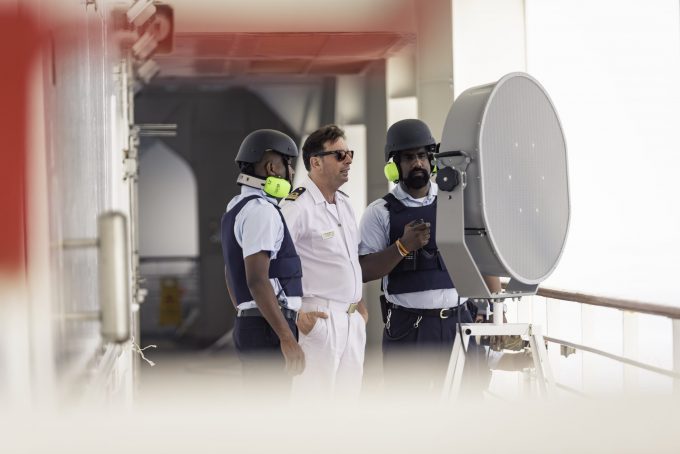MSC box ship under attack by armed gang in the Gulf of Guinea
As The Loadstar went to press there were reports that an MSC containership was under ...

The seemingly relentless widening of the Middle East conflict beyond the Red Sea appears to have been accompanied by a series of opportunistic attacks by Somali pirates, prompting speculation that the region may see a re-run of 2006’s piracy crisis.
The 10 April IMB Piracy Report, analysing the first three months of the year, notes five attempted pirate attacks, two of which resulted in successful hijackings.
It adds: “The recent successful incidents demonstrate the continued capabilities of these criminals… generally, Somali pirates ...
'Disastrous' DSV-Schenker merger would 'disrupt European haulage market'
New senior management for DSV as it readies for DB Schenker takeover
Volumes set to 'fall off a cliff' as US firms hit the brakes on sourcing and bookings
Asian exporters scramble for ships and boxes to beat 90-day tariff pause
Amazon pushes into LTL for small package fulfilment and UPS does a u-turn
Temporary tariff relief brings on early transpacific peak season
Pre-tariff rush of goods from US to China sees air rates soar, but not for long
Forwarders 'allowing the fox into the chicken run' by supporting 'hungry' carriers

Comment on this article